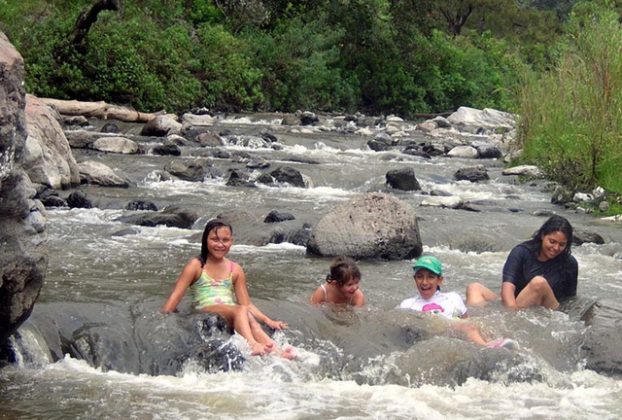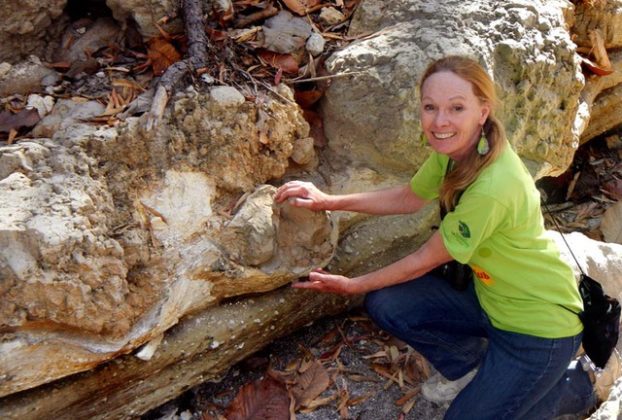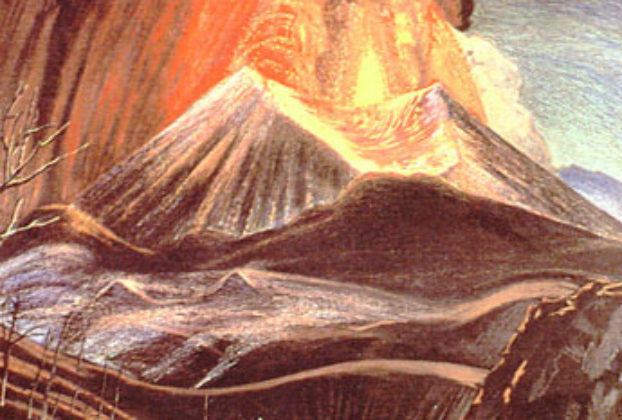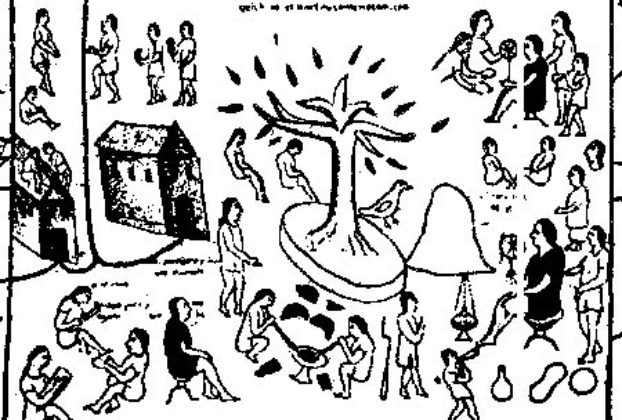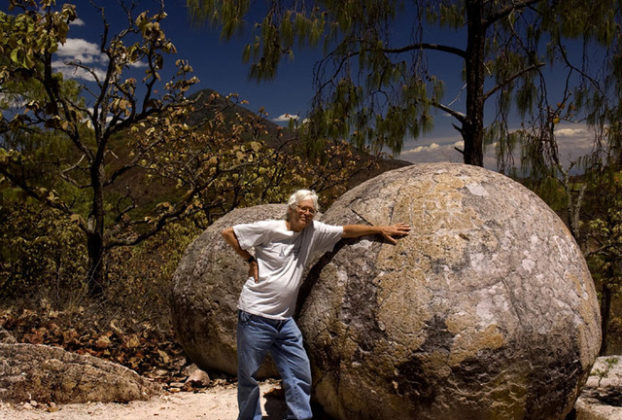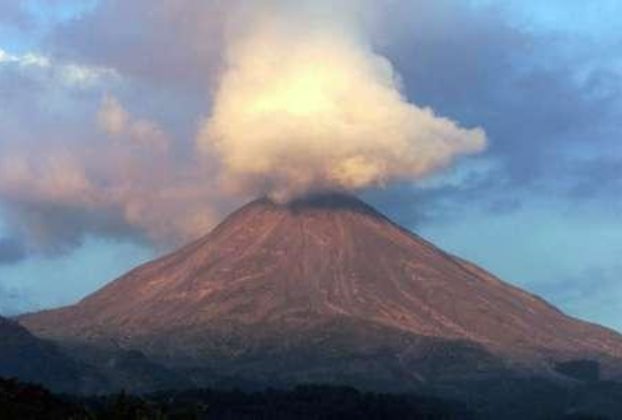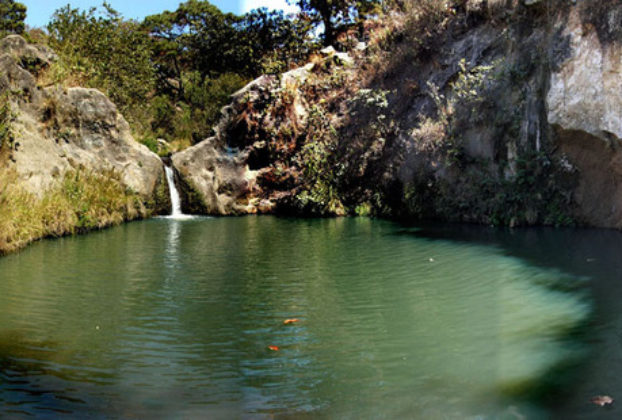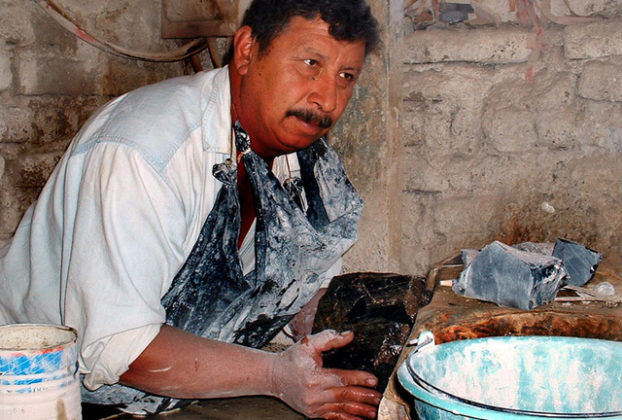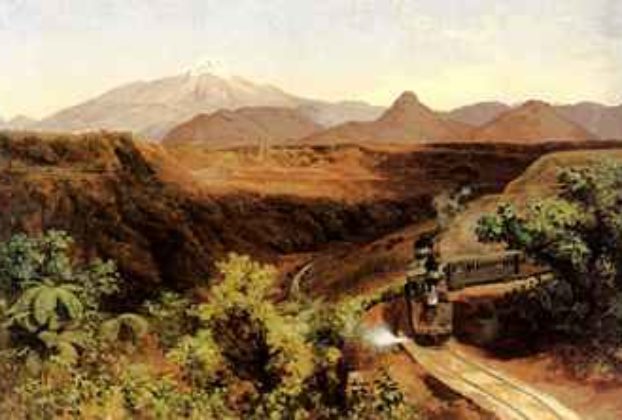A Brief Guide to Mexico’s Primavera Forest
Guadalajara, Mexico’s second-largest city happens to be situated right next to a beautiful pine and oak forest covering more than 36,000 hectares (139 square miles). For as long as anyone can remember, el Bosque de la Primavera has been referred to as “Guadalajara’s lungs” and in 1980, when big-time development plans threatened the woods, the […]
Continue Reading
